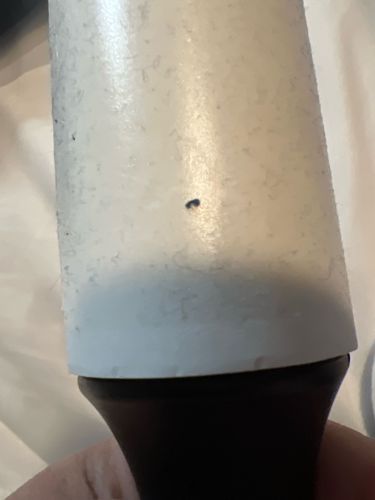Fungus Gnat (likely)
Scientific Name: Sciaridae or Mycetophilidae (multiple genera and species)
Order & Family: Diptera, families Sciaridae or Mycetophilidae
Size: 1-5 mm (typically 2-3 mm)

Natural Habitat
Damp environments, often associated with potting soil, decaying organic matter, and overwatered plants. Can be found indoors near houseplants.
Diet & Feeding
Larvae feed on fungi, decaying organic matter, and sometimes plant roots (especially fine root hairs of seedlings). Adults do not feed significantly and primarily focus on reproduction.
Behavior Patterns
Adults are weak, erratic fliers often seen hovering around houseplants or windows. They are attracted to light and moisture. Larvae live in the soil. The life cycle from egg to adult is typically 3-4 weeks, depending on conditions.
Risks & Benefits
Potential risks: Larvae can damage roots of seedlings and young plants, leading to wilting and stunted growth, especially in high infestations. They are primarily a nuisance pest in homes. Benefits: In natural ecosystems, they contribute to decomposition of organic matter; however, they offer no significant benefits in a household setting.
Identified on: 10/1/2025